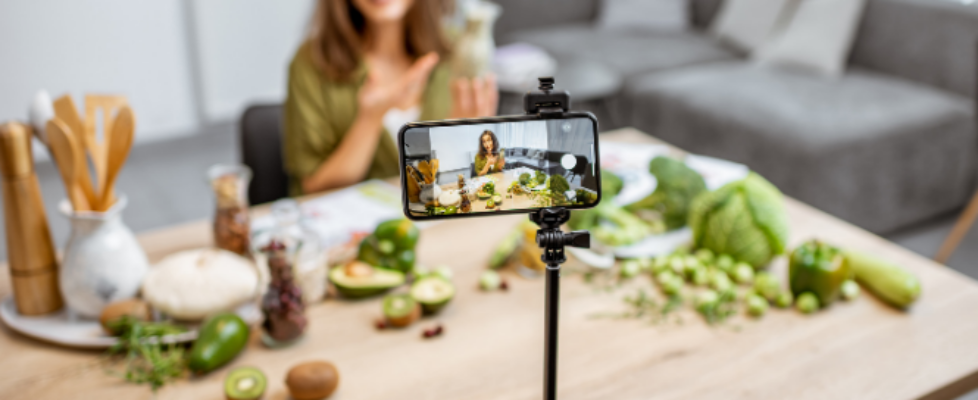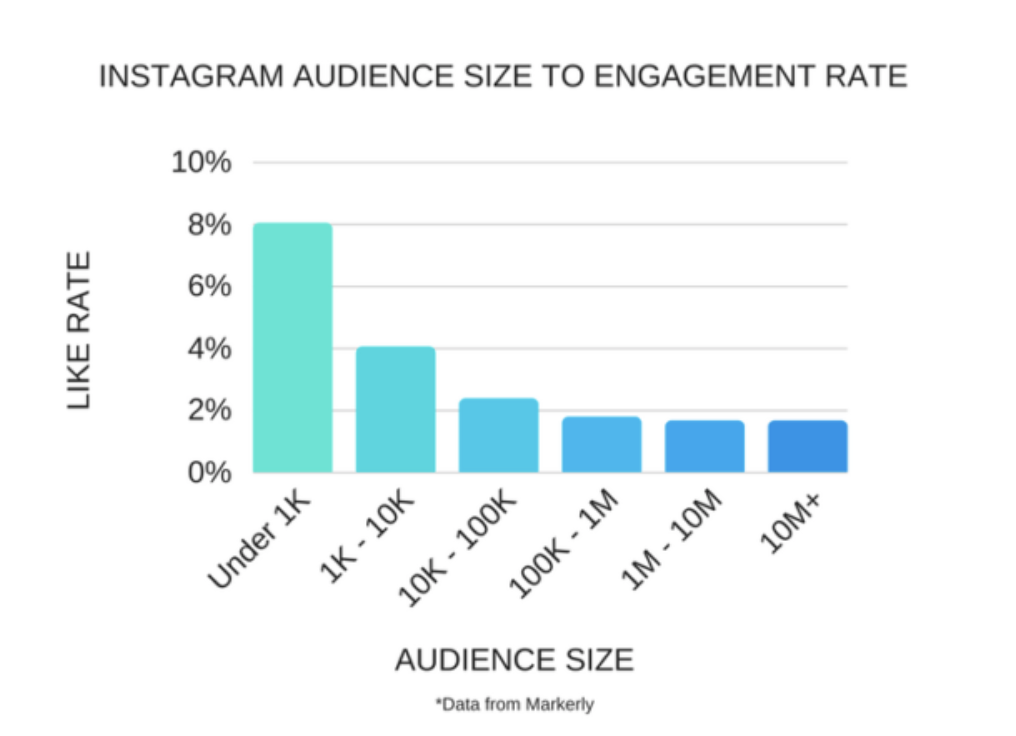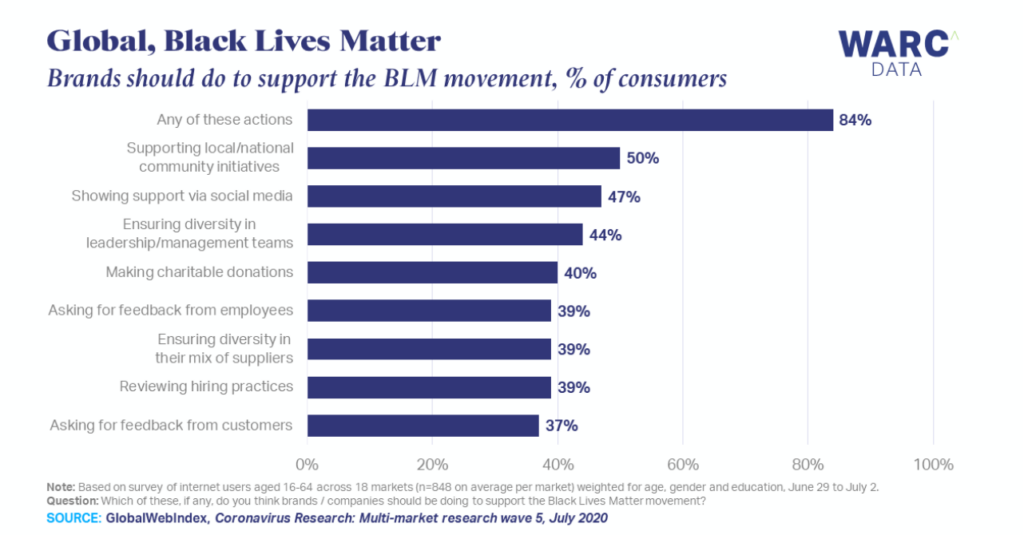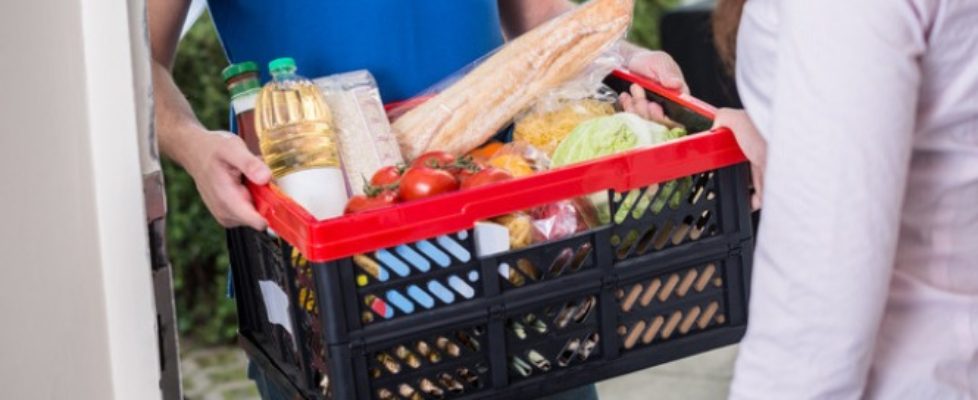Influencer Marketing Strategies for All Generations

For years, well before adopting the moniker of influencer marketing, brands have sought endorsements from celebrities and people of note. Generations that came before Millennials, Gen Z and Gen Alphas—notably Generation X and Baby Boomers—can also be swayed by the right message from the right person at the right time.
Influencer marketing has become the catchall term for certain types of celebrities, experts, thought leaders, bloggers, and content creators who use their online presence to affect a group of people’s purchasing choices. It is one of the fastest-growing brand-building strategies, nearly tripling in value to an estimated $9.7 billion in recent years.
To develop killer influencer marketing strategies for all generations, it’s essential to understand the formula of the message, influencer, place, and time most effective for each generation. More











